Egyptian symbols and their meaning in Russian. Deciphering Egyptian hieroglyphs
(ending)
From the time of Clement of Alexandria, "hieroglyphs" became the technical term for ancient Egyptian writing. Herodotus and the Greek version of the Rosetta Inscription speak of γράμματα ιερά - this term is a translation of the Egyptian “writing of the word of God” standing in the corresponding place in the hieroglyphic part of the same inscription. Here, another letter, used by the Egyptians at that time, is called in Greek γράμματα έγχώρια, in Egyptian - “writing of letters”, which is quite consistent with Clement’s γράμματα έπνδτολογραφικα. This script, extremely cursive, used for everyday purposes, we now call, together with Herodotus, demotic. Clement also speaks of a third, intermediate script - hieratic, meaning by it the cursive script of older eras, which was in use for everyday needs before the advent of demotic. Due to this, for the monumental font of the inscriptions, he uses not γράμματα ίερά, but γράμματα ίερογλυφικά - carved sacred writings, in contrast to ίερατικά, which were written. Despite the inaccuracy of this terminology, it has persisted in science as delimiting two really sharply different types of Egyptian cursive.
Hieroglyphics of Ancient Egypt
All three types of Egyptian writing with their varieties do not represent anything essentially different and relate to each other in approximately the same way as our printed type, handwritten and shorthand. Their ancestor was the ideographic writing characteristic of primitive peoples, in which thoughts, not words or sounds, are still combined with images of objects. Until recently, such an origin of Egyptian writing could only be assumed a priori and partly guessed about by the composition of characters or remnants - already during the III and IV dynasties, from the monuments of which Egyptologists could then trace Egyptian writing, the font had the same character as in classical time Egypt. Since the discovery of prehistoric necropolises by Amelino, Flinders Petrie, Morgan and others, science has at its disposal monuments that open access to the study of the beginnings of Egyptian writing.
Excavations for three recent years of the last century in the center of the Upper Egyptian kingdom - Hierakonpolis - they discovered objects that can rightfully be called the most ancient historical monuments the history, art and writing of Egypt; these are the so-called slate plates with a round recess for grinding paint and with relief images. On one of them hunting is depicted, on the other - fantastic animals with long necks and various animals, on the wreckage the third and - a procession of prisoners and fallen bodies, the fourth - a battlefield with the bodies of enemies devoured by birds of prey and lions. This is followed by fragments with reliefs of a bull striking a defeated Egyptian, here banners stylized in the form of hands with the coats of arms of five nomes hold a rope; on the reverse side again a striking bull and a jagged cartouche depicting a lion and vessels inside. A whole collection of such cartouches is on one London slate plate, and here above each of them is still placed a falcon and other animals with hoes; back side This plate gives an image side by side of both animals and forests. Undoubtedly, here we have symbolic pictures, like, for example, Mexican ones and representing not so much a concrete image of an event as its description using the means available at that time. If already in the image of the hunt we find the beginnings of ideographism - a warrior with a banner-coat of arms is at the head of the hunters, a fantastic two-headed bull and a conditional image of some building stand aside, then on subsequent plates, symbolism and ideographism little by little completely crowd out real images. The bull depicts the king; the animals sitting on them with hoes are the allied nomes who destroy these fortresses. As for the images inside these ovals, we have before us the most ancient hieroglyphs denoting the names of the fortresses. Thus, the need to depict proper names was already recognized, and this was the stimulus for the transition of Egyptian writing to the second stage of development, when images began to convey not only thought, but also sound, i.e. phonetism appeared next to ideographism. Only a few nations have risen to this stage. But for a long time, phoneticism played an insignificant, subordinate role.
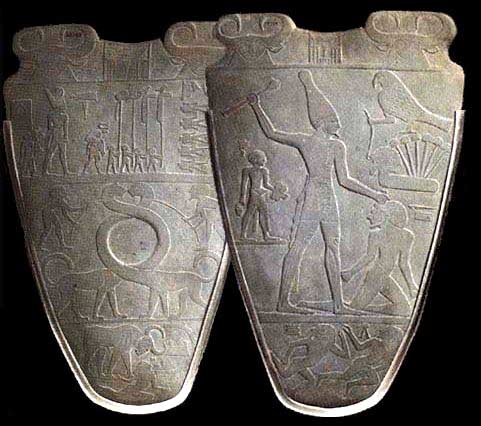
We notice his forward movement on the maces and the plate of the kings of the time of the unification of Egypt. On one stone mace from Hierakonpolis, the triumph of loosening the earth is depicted. The king himself is present with a hoe in his hands, his name is written phonetically above him with two signs - a star and a scorpion, above are gallows with hung symbols of Egyptians and foreigners. But the most characteristic monument of this period is the famous Hierakonpolis plate of the king, whose name is depicted with a fish and a gimlet and conventionally read Narmer. This plate symbolically represents the conquest of one of the regions of the Delta by the Upper Egyptian king. On one side, a crowned king of Upper Egypt strikes a representative of that region with a mace; his name is depicted here in the form of hieroglyphs of a harpoon and a lake. Above is a falcon - a symbol of the patron god of the king and Egypt - Horus is holding a rope with his head sticking out of six lotus leaves - an indication of 6,000 defeated enemies. At the very bottom there are two defeated enemies with symbols placed near them: near the first, a jagged quadrangle with a sign inside - obviously, the name of the fortress that this defeated figure personifies. On the other side of the plate, the king, accompanied by a vizier with a writing instrument and a servant carrying sandals, is depicted in the crown of the Delta, walking along the field of victory, ahead of him are four standard-bearers with the coats of arms of the nomes subordinate to him; further - two rows of headless enemies - hieroglyphs at the top; below is an image of two Egyptians tying two fantastic beasts with long necks; at the very bottom, the bull symbolizing the king destroys the fortress, depicted as a jagged oval with a sign - the name inside and in the form of a defeated Egyptian symbolizing it. So, we already have a whole chronicle of victory, written in pictography mixed with phonetic hieroglyphs. Here next to proper names- the king, the fortress, the conquered nome, we also see common words written in hieroglyphs, for example, “vizier”, “service”, as well as the numeral 1000. The relief on the mace of the same Narmer, representing his coronation or the celebration of his anniversary, is exactly the same. . Here again are the standards of the nomes, again the vizier, again the numbers. Thus, by the time of the unification of Egypt, his letter, which was still used in modest sizes, was almost formed. On plates from Ivory, which have come down from the time of Mina (Menes) and depict the events of his reign, we already see not only symbolic designations and individual hieroglyphic signs, but also whole lines written phonetically, though still incomprehensible to us, but indicating that the hieroglyphic system was already in this time is ready.
![]()
An example of hieroglyphic writing in ancient Egypt
At the end archaic period appear written monuments and from mere mortals. The oldest marks on the vessels indicate the owners; these were conventional signs, apparently not standing in connection with the development of hieroglyphic writing. On the other hand, the images on the seal cylinders give us almost the same picture as the royal plates. And here we first see some mass images of ordinary and fantastic animals, birds, etc., then symbolic ones follow, for us for the most part incomprehensible images; finally, all this turns into inscriptions, though very difficult in their archaic nature, but still, in the end, possible to understand.
Thus, relatively soon and before the eyes of history, the Egyptians developed that letter, which was destined for a great, more than three thousand-year future, which at first glance is striking in its complexity, containing at least 700 characters representing images of gods, people, animals, plants, other items visible world, everyday life, everyday life, etc. These images in careful inscriptions are real drawings, indicating that the artistic flair developed among the Egyptians before writing and the latter used the former, a hieroglyphic line with known graphic techniques can be a real ornament, and frequent use writing on the vast planes of temple walls or on household items is often explained not by literary or magical, but by ornamental purposes. Undoubtedly, the native origin of Egyptian hieroglyphs - they convey the Egyptian nature and Egyptian life and are adapted for the native language.
The latter is most clearly seen from the fact that the development of Egyptian writing did not pass through the stage of syllabism. In Semitic and Hamitic languages, the meaning of the root depends on consonants, vowels serve for grammatical changes, therefore, hieroglyphic writing could not move from the image of words to the image of syllables in them, diverting the phonetic meaning of the first to convey the second (for example, if we used the image of uzha for the syllable "already" or the mouth for the syllable "mouth", as in rebuses). If we notice this in the Assyro-Babylonian cuneiform, then we have one of the proofs of the non-Semitic origin of the latter. Egyptian hieroglyphs depicting monosyllabic words became alphabetic signs for consonants (for example, the drawing of a quadrangular reservoir "she" - for the letter "sh", the drawing of the mouth "ro" with an aleph at the end - for "r", etc.); hieroglyphs that conveyed polysyllabic words began to depict groups of two or three consonants without regard to what vowels were between them (for example, a checkerboard pattern that conveys the combination “min” was used for both “men” and “mon”, and for "mun", etc.); it is exactly the same as if our drawing of a bridge served as a designation for the concepts of "revenge", "revenge", etc.
Thus, the Egyptians found a way to depict not only objects, but also verbs and abstract concepts. They compiled a complete alphabet of consonants and abstracted phonetic meanings from inventions to convey many groups of consonants. But why didn't they appreciate the full importance of the invention of the alphabet and why didn't they discard all the ballast of other signs, switching to a purely phonetic alphabetic writing? There were several reasons. The origin of signs for one and several consonants was the same, and from the very beginning they began to be used indifferently; this usage was retained both because of the conservatism characteristic of the Egyptians, and because it greatly facilitated reading. The fact is that in the Egyptian language there are a lot of roots that have common consonants; a text written without vowels and without separating words would be completely unreadable, and the Egyptians had to keep the historical orthography, as the English do under similar conditions, since the orthographic physiognomy of individual words remained individual, and the remnant of ideographism, the so-called determinatives, except In addition, they also served to separate words. These "determinatives" for the most part were originally signs used in their ideographic meaning (for example, a drawing of a road, a tree, etc.). They began to be prefaced with phonetic signs if it was required to indicate which of the synonyms (for example, from various words for "road" and "way") or from various kinds(for example, which tree is meant). Subsequently, by analogy and for convenience, the Egyptians made this use general by inventing "determinants" for various kinds of concepts or words (for example, for abstract concepts - a bundle of papyrus, for verbs - an armed hand) and placing them after almost every phonetically written word. In addition to the font that comes from ancient times and was in common use, the Egyptians sometimes, and in the later eras of their culture and mostly, used a special, so-called "enigmatic" font, which even more resembled our rebuses. Here old signs appear with different meanings, new signs appear; their combinations are often based on a complex play of wit, and reading also requires a lot of effort and wit.
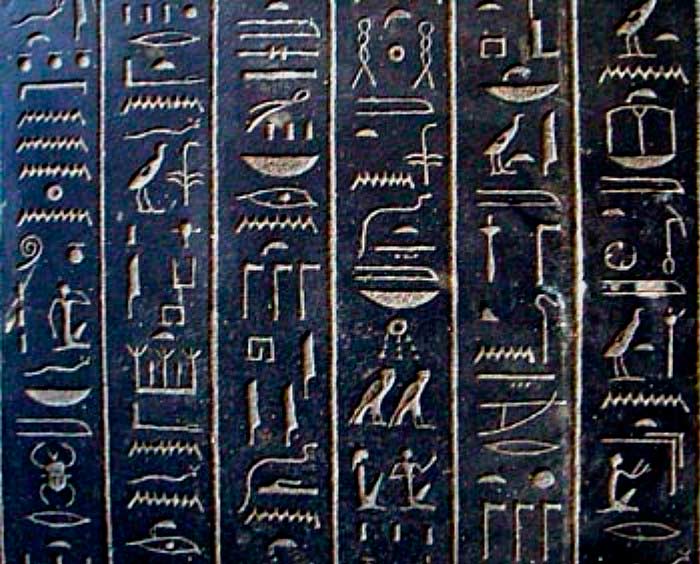
The most convenient and common material for writing in Egypt was papyrus, prepared from the core of a water plant that has now disappeared in Egypt (Eg. pa-piur - “Nile”). The removed core was cut into narrow longitudinal strips, then sheets of paper, mostly (16 by 40 cm), light yellow or light brown, were prepared from two rows of strips intersecting and placed under pressure on each other. These sheets were glued together in length, then rolled up, and a scroll was obtained, sometimes several tens of meters long. They wrote in the era of the Ancient and Middle Kingdoms in vertical, then horizontal lines, always from right hand to the left. It is only from a very late, mostly Christian era that the first attempts have come down to us to replace the scrolls with a more convenient form of our leather-bound books. Almost written on papyrus most of works of Egyptian writing, with a few exceptions, almost all belles lettres, most works of a scientific and business nature. This material was fragile, which, however, did not prevent it from surviving millennia and reaching us; due to its fragility, it was sometimes replaced by a denser and, according to the Egyptians, more ancient and respectable - leather, which at that time did not yet reach the subtlety and elegance of parchment and has come down to us at least not in at its best than papyrus. We know that he ordered to write his “Annals” on the skin and transfer it to the temple for storage, legends tell about the fall from the sky of leather scrolls with plans for temples, etc. Few Egyptian manuscripts on the skin have come down to us. Separate chapters Books of the Dead"Wrote also on funeral sheets, canvas. Finally, the high cost of papyrus forced to resort to shards of vessels, and in Thebes and its environs up to Edfu - to fragments of beautiful and convenient for writing and drawing limestone, still lying here in abundance. These so-called ostraca (ostraca) are in abundance in various museums and are covered not only with accounts, lists, pen tests, drawings, but often with interesting literary and religious passages, being in this respect completely similar to papyri. They have come down to us from all eras, from the New Kingdom to the Arab era, inclusive. Especially many among them are letters and business documents of Demotic, Greek and Coptic. Stone, in the form of separate slabs or walls of temples, was the material for documentary hieroglyphic inscriptions, for commemorating events or for religious texts. There are also hieroglyphic inscriptions on pedestals, stands, and even the very bodies of statues of kings, gods, figures, and individuals.
This does not exhaust the list of objects on which the Egyptians wrote - they covered with inscriptions and sarcophagi, and scarabs, and amulets, and figurines, and fabrics, and cult and household items, in general, everything that gave occasion to writing and provided a place.
A sufficient number of writing instruments of Egyptian scribes, who put them with them in the coffin, have come down to us. These are long rectangular boards with a recess for canes and two or more round or oval recesses for paints - black and red. The first one was given durability and shine by an admixture of gum, the second, used in the "red" lines, contained red lead. Feathers like ours first appear only in Roman times. To dilute the paint, the scribe also had a vessel with water, from which he considered it his duty to make a libation to the gods Thoth and Ptah.
Images of desks with their contents, cabinets, scribes at work, etc. have also come down to us in sufficient numbers.
There were over 5,000 ancient Egyptian hieroglyphs. Only about 700-800 were used in writing. The proportions of use are about the same as in Chinese writing. But what do we know about this ancient writing?
I will begin with the official part of the historical interpretation of this process and that modern history generally knows about the decoding of ancient Egyptian hieroglyphs.
Penetration into the history of ancient Egypt for a long time hindered by the barrier of Egyptian writing. Scholars have long tried to read Egyptian hieroglyphs. They even had ancient allowance"Hieroglyphics", written in the II century. n. e. a native of Upper Egypt, Horapollon, and since the time of Herodotus it has been known that the Egyptians used three types of writing: hieroglyphic, hieratic and demotic. However, all attempts to overcome the "Egyptian literacy" with the help of the works of ancient authors remained in vain.
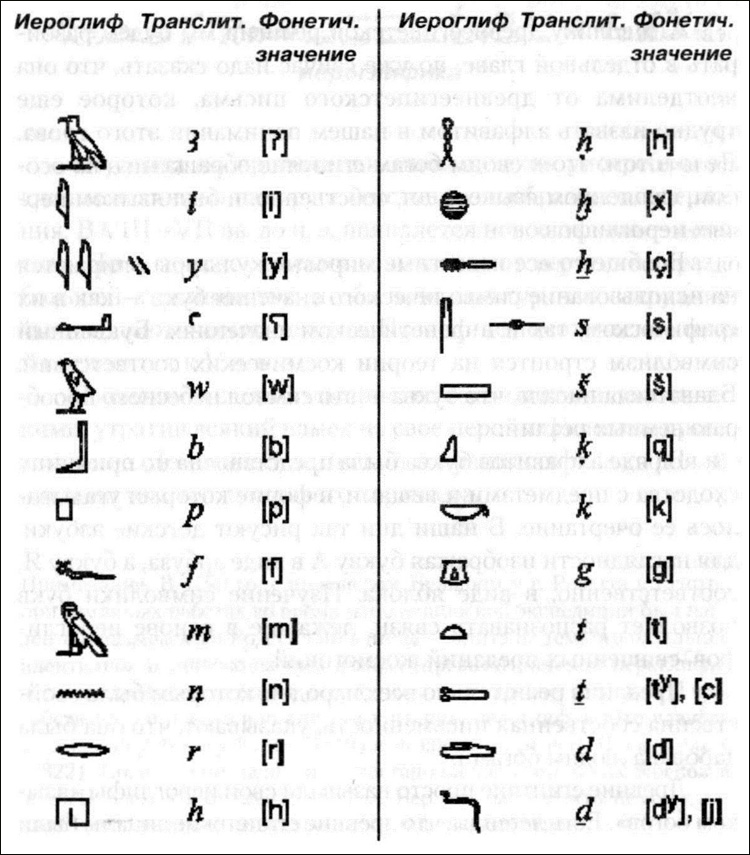
Jean Francois Champollion (1790–1832) achieved the most outstanding results in the study of this script and in the decipherment of hieroglyphs.
But look at these hieroglyphs and their phonemes:
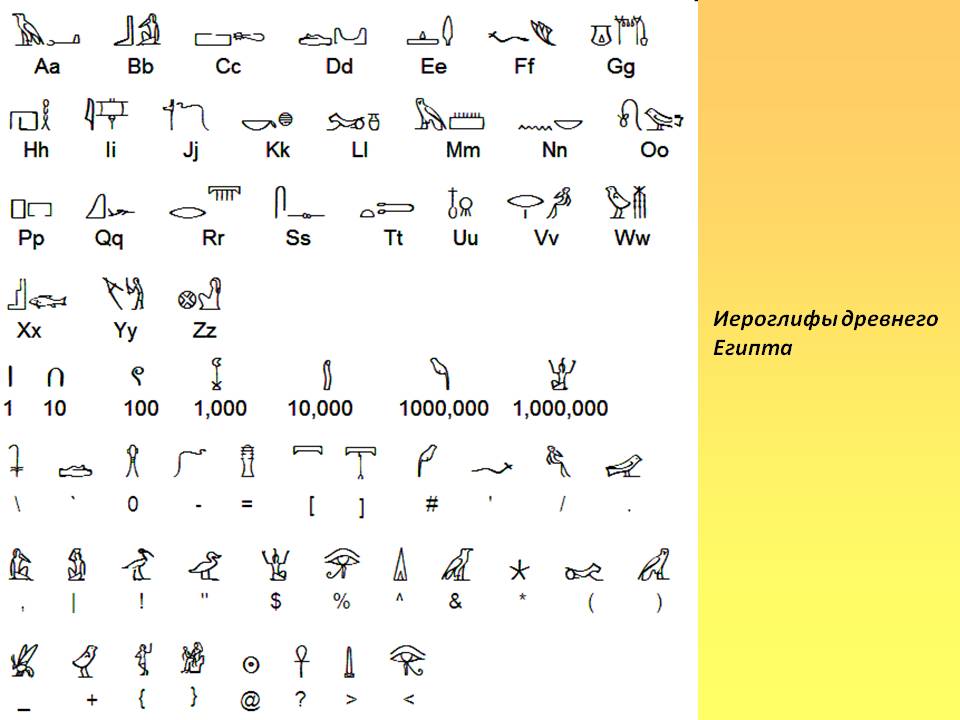
Don't you think it's strange that some images are passed off as phonemes? It's not even a syllabary! Why is it so hard to make sounds? You can draw a simple symbol and match it with a sound, as can be seen in other peoples and cultures. But in the ancient Egyptian hieroglyphs, it is pictures, images.
Translation, decryption, and in my opinion a deep delusion or even nonsense of Egyptologists, you can see
And Egyptologists cannot take a step away from this! After all, all this is based on the authority of Champollion himself!
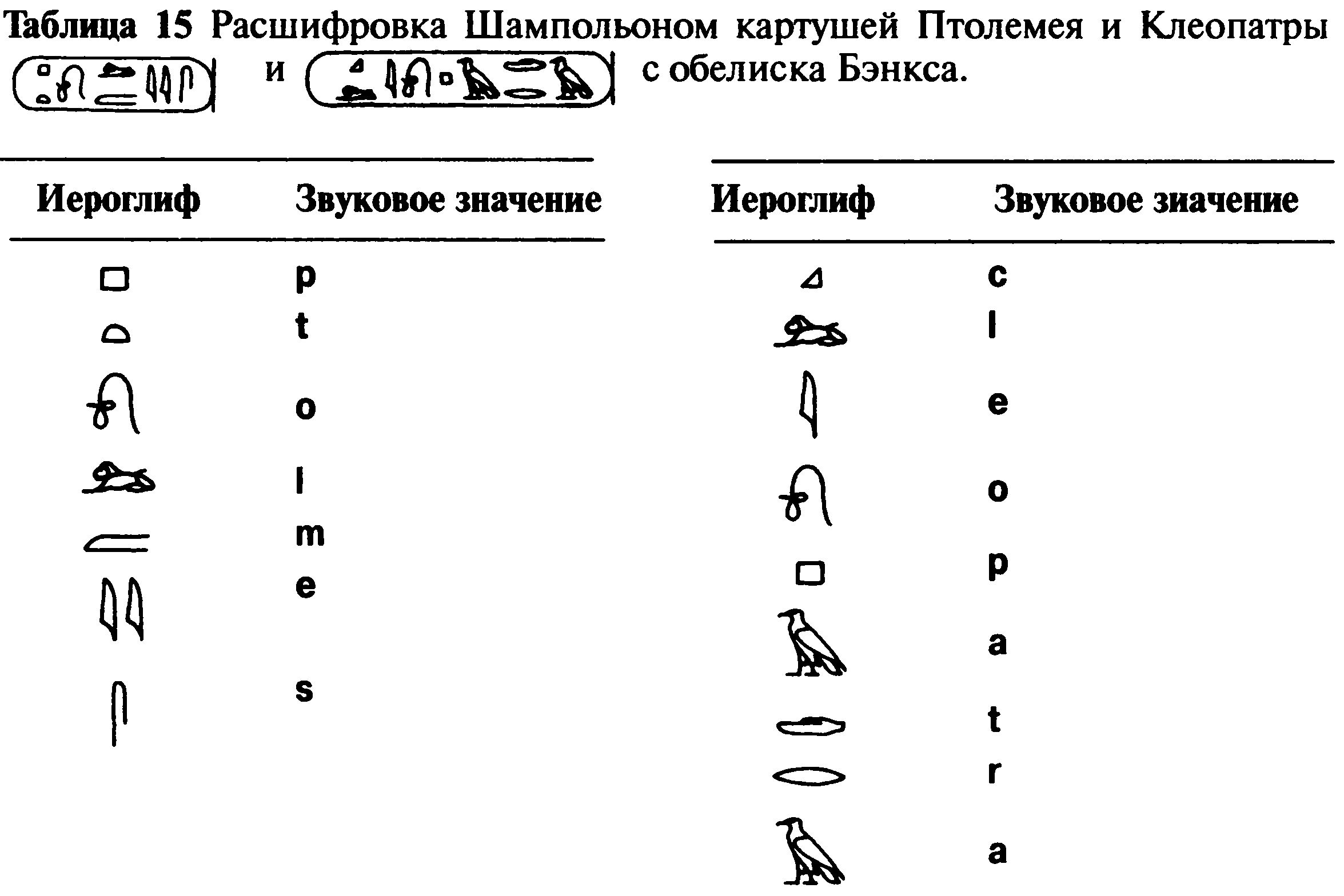
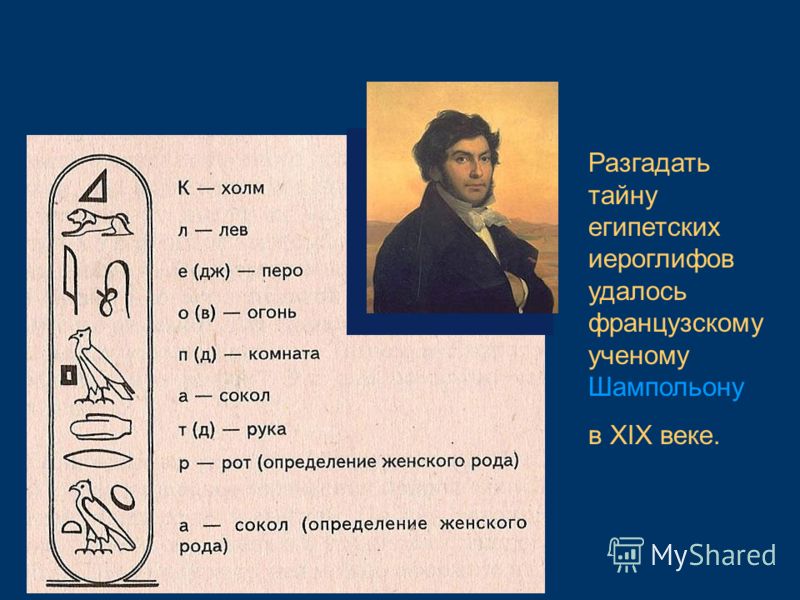
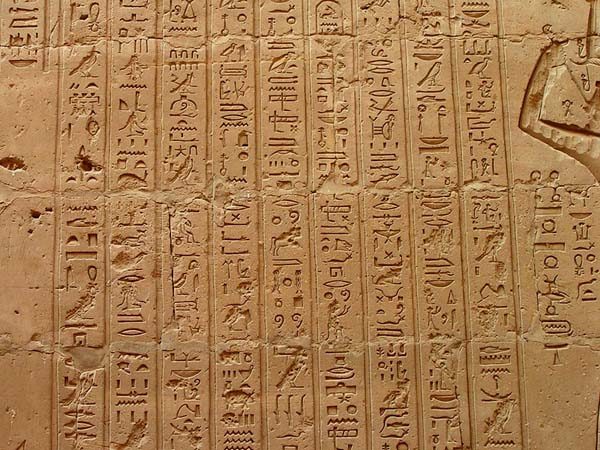
Take a look at this. This is a whole range of semantic, figurative writing. One might even say that it is universal language which can be understood by any bearer of reason. Then the conclusion is whether we are reasonable that we still cannot read it. This is just my opinion. And this is a doubt in the method, where everything is based on phonetic comparisons of hieroglyphs from the beginning of the 19th century. I have appeared for a long time. Only now I decided to express it in this article.
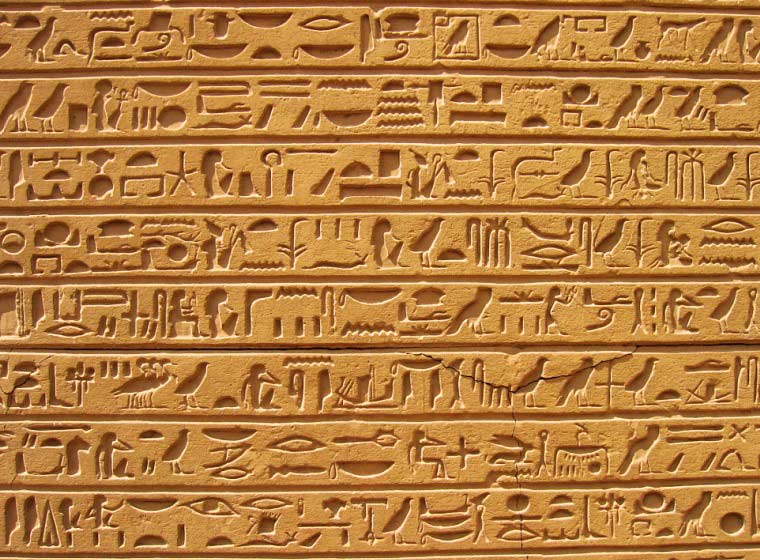
It is quite possible that something technical is shown here.
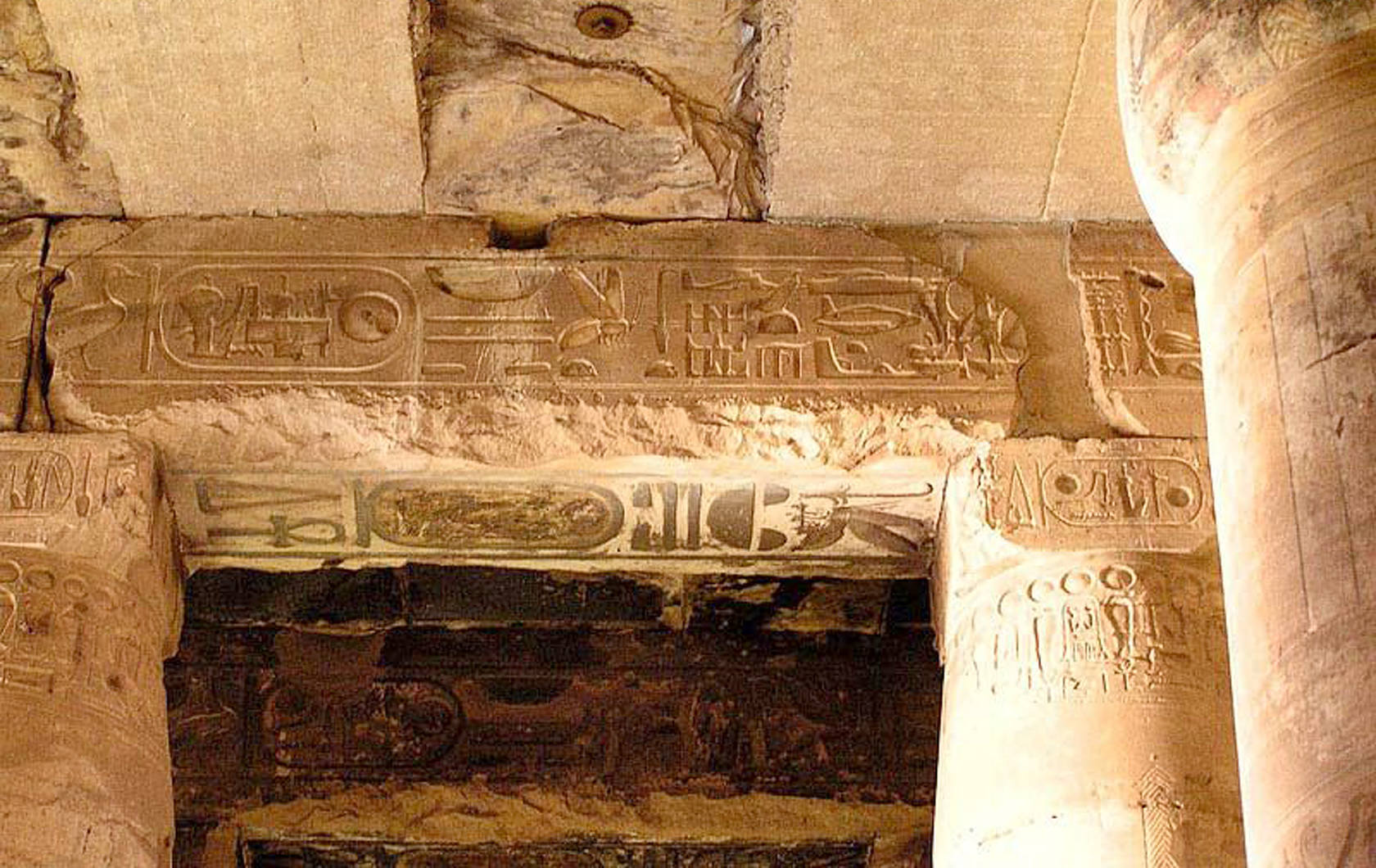
Probably only the lazy did not hear about these technical hieroglyphs under the ceiling in one of the Egyptian temples
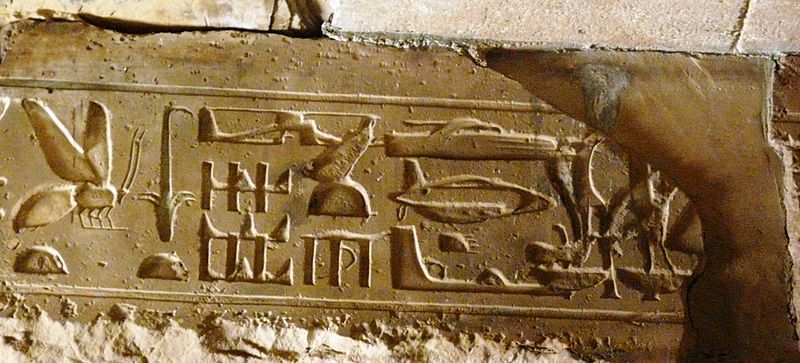
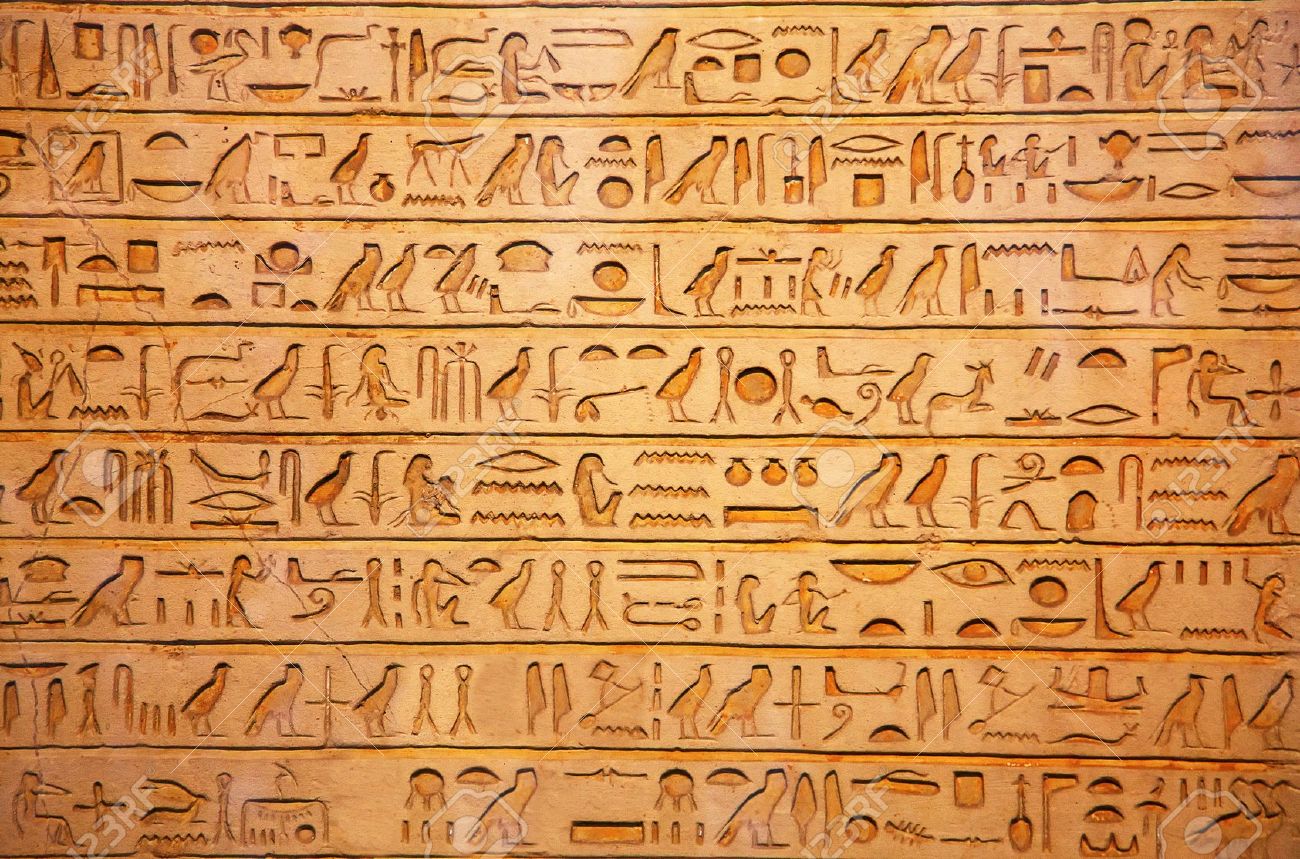
There are symbols here that look like aircraft, and more than one type, probably.
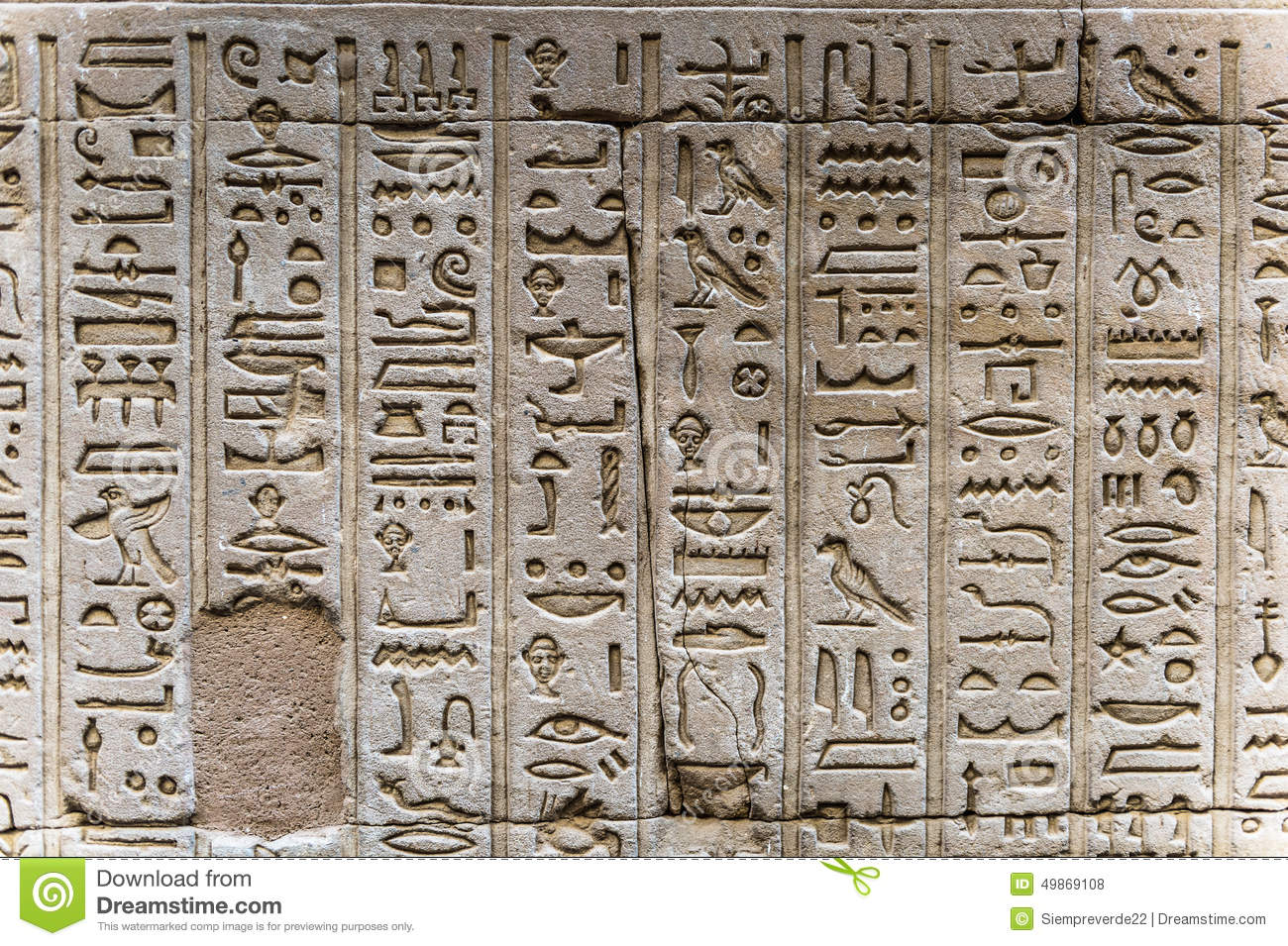
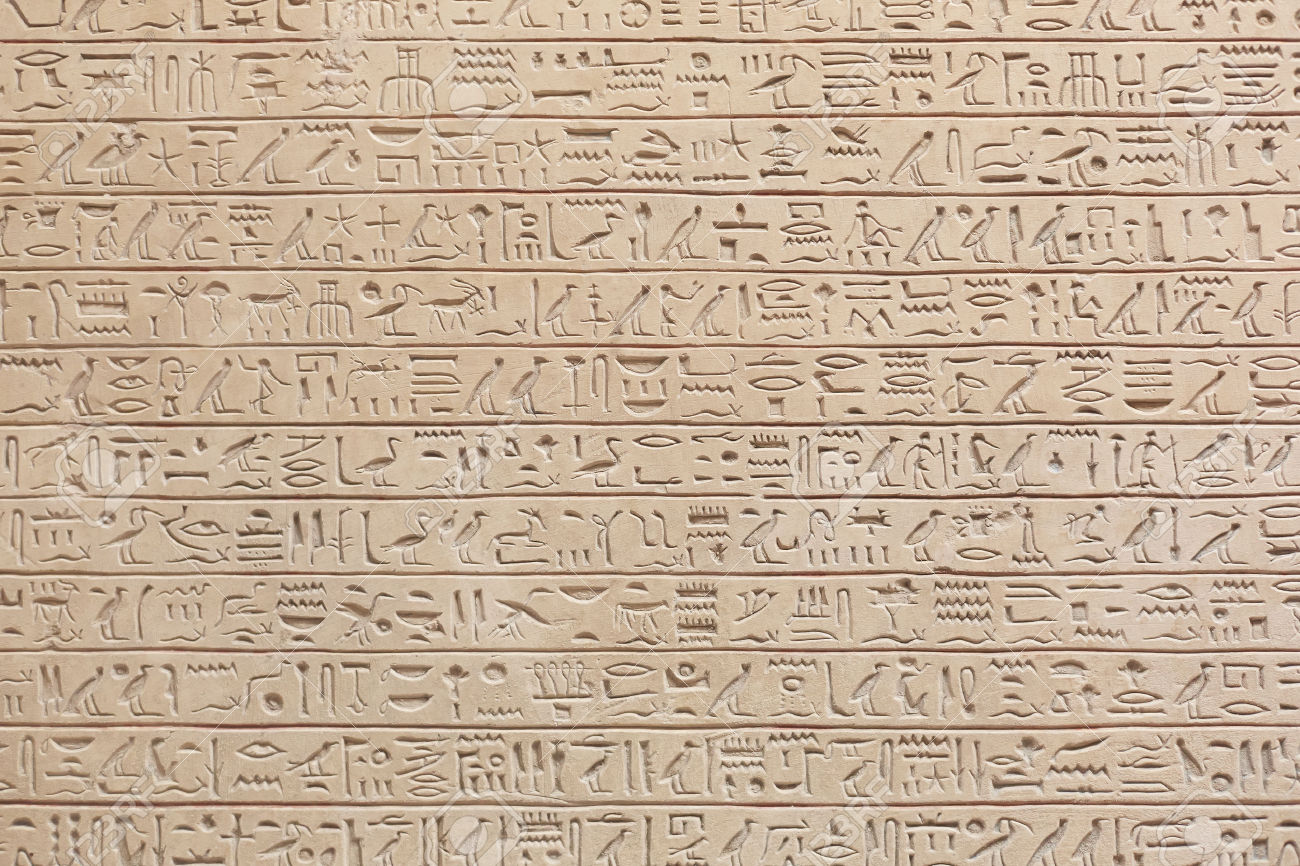
Stones will probably fly at me once again, that I am talking nonsense and everything has long been translated. Or maybe the codebreakers pulled an owl on a globe, worked out their bread?
I do not want to completely persuade everyone towards absolute forgery and delusions based on the works of Champollion. But it is worth considering whether everything is once again the way the Egyptologists tell us. After all, Napoleon went to Egypt for a reason, and it is possible that the Rosetta Stone is a simple fake. Moreover, the quality and size of the inscriptions on it do not correspond to the size of the hieroglyphs of the early kingdoms of Ancient Egnipt.
As an addition:
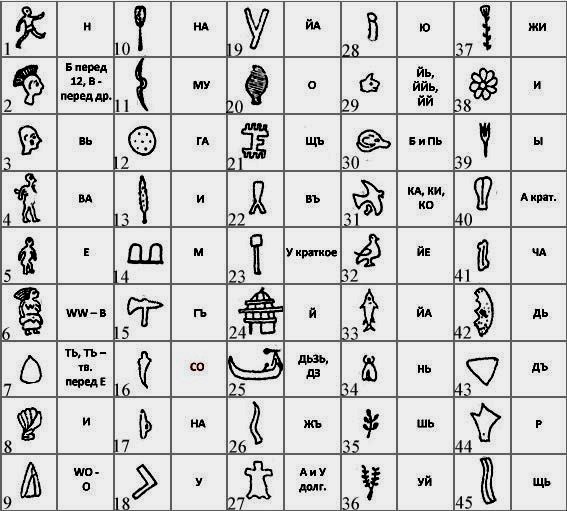
Deciphering the Phaistos Disc. Also a phonetic translation. Although it has all the same symbols, pictures, images
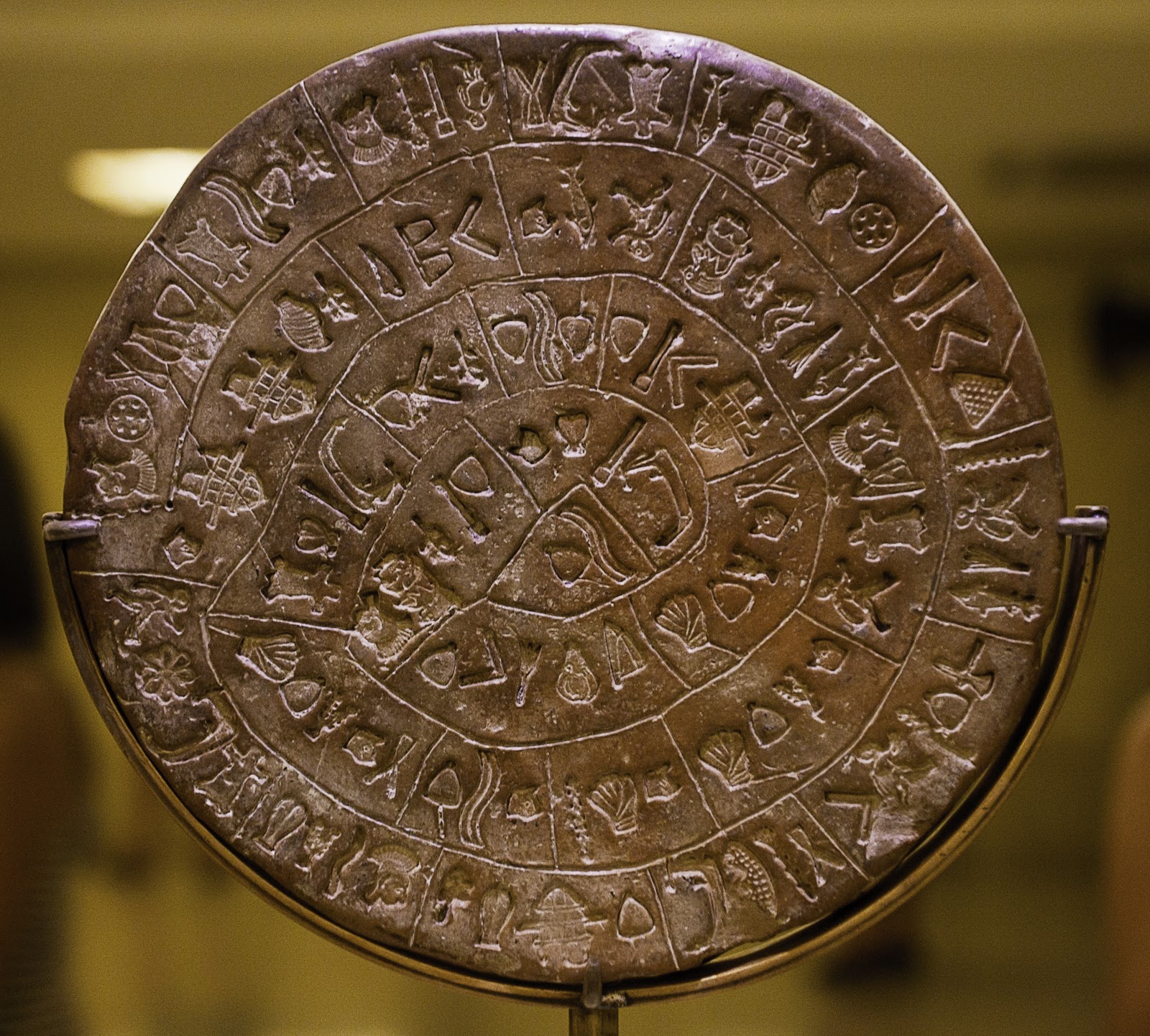
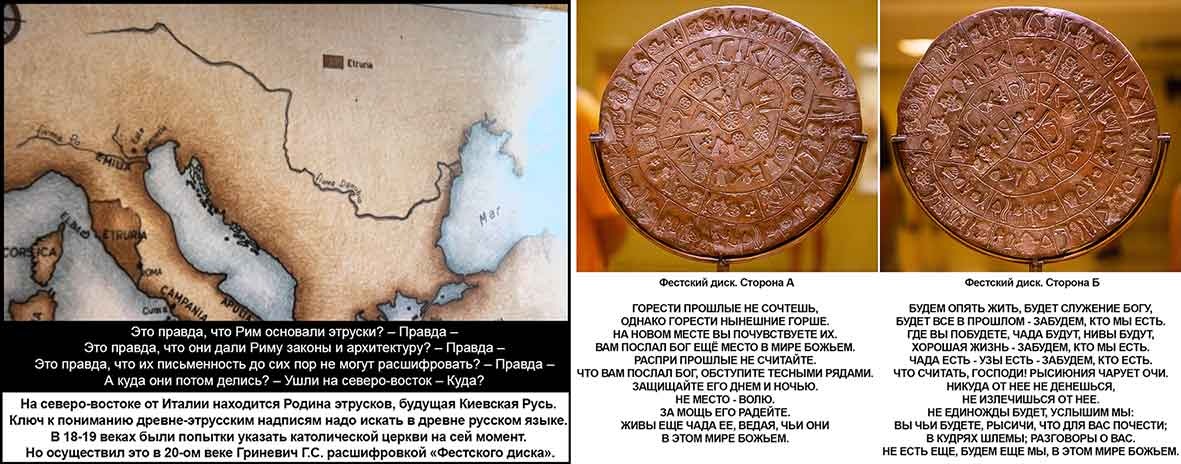
In deciphering Mayan hieroglyphs, the situation is the same:
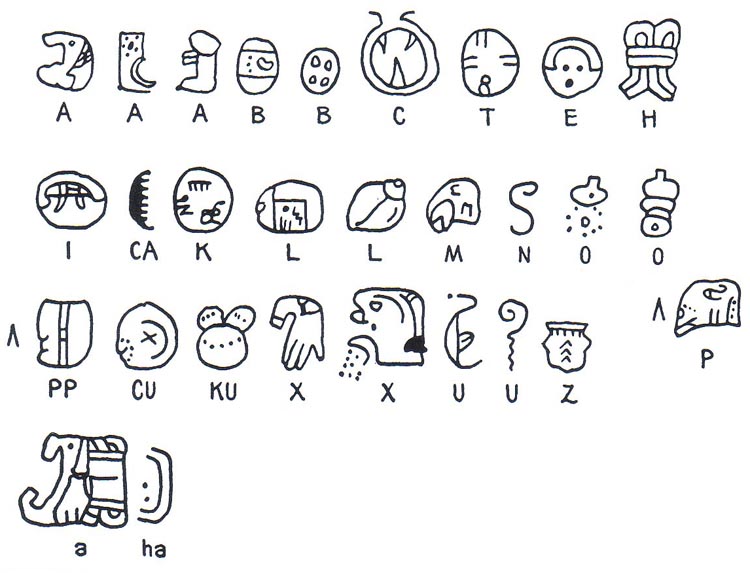
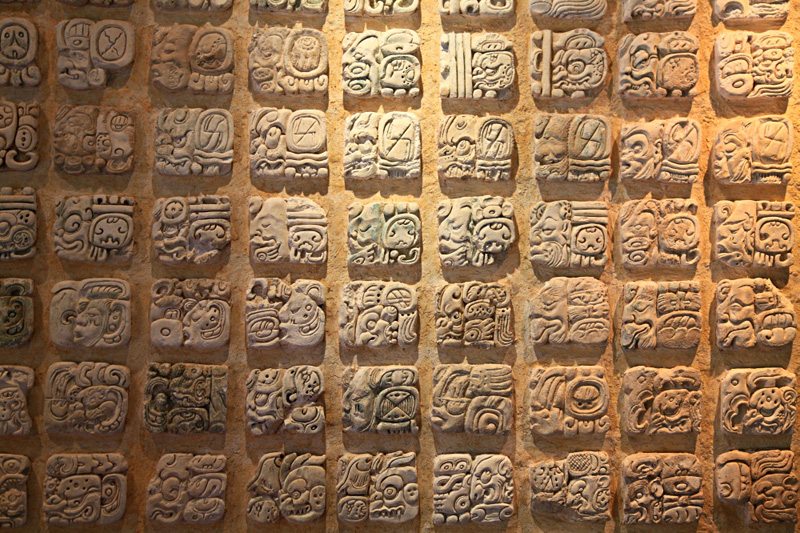
But in reality, understanding these Mayan images is even more difficult than the ancient Egyptian ones.
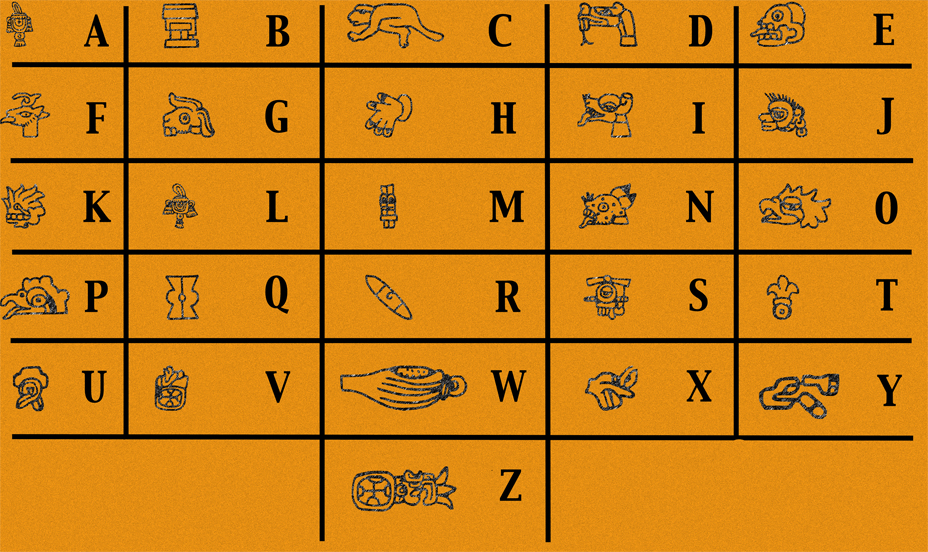
Phonetics of Aztec hieroglyphs
When using the materials of the article, an active link to the site indicating the author is required.
If you find an error, please highlight a piece of text and click Ctrl+Enter.
The word "hieroglyph" comes from the Greek "hieros" ("sacred") and "glyphos" ("words" or "signs"). The designations were first used by the philosopher Clement of Alexandria between 150 and 230 AD.
What do the hieroglyphs of ancient Egypt mean?
The ancient Egyptians called them "mju nether", which meant "divine words". The first signs of the hieroglyphic writing of Ancient Egypt were found on jewelry and dishes made of ivory, ceramic vessels and clay impressions. The signs date back to the pre-dynastic period of government (approximately from 3400 to 3200 BC). The last inscription was made on the frescoes of the Philae temple in 394 AD.
Reading the hieroglyphs of Ancient Egypt would have remained a mystery to mankind, if in early XIX century Frenchman Jean-Francois Champollion (1790-1832) did not translate the entry into and did not compile a system of Egyptian writing.
The emergence of ancient hieroglyphs in Egypt
Little is known about the origin and development of Egyptian writing. During the construction of temples in Abydos already used short phrases. They foreshadowed the emergence of a full-fledged language. However, many designers were not fluent in the language and needed training. Because of this, theories arose that the construction in Egypt was carried out by representatives of extraterrestrial civilizations.
Some scholars believe that the ancient Egyptians borrowed the idea of writing from Mesopotamia. Since the goods brought from neighboring countries were marked with marks - weight and production, they considered this method convenient for transmitting information. But their letter has undergone significant changes and did not at all resemble the scripting ciphers of the neighbors.
Others believe that hieroglyphic writing originated in Ancient Egypt and then spread to other countries. Proof of this are papyri dating from the reign of King Scorpio I around 3400 BC.
Writing in Mesopotamia was formed over an extended period of time. The "logogram" (a picture representing a word) was invented as early as 8000 BC. The path from logograms to phonetic writing took about 5 thousand years. Hieroglyphic records became widespread only in 3200-3100 BC. Short phrases in Egyptian can be found in Abydos. However, their meaning is often impossible to translate. One of the most recognizable hieroglyphic signs was the "zigzag lines" for "water". Existence in the early dynastic period is evidenced by artifacts from the reign of Pharaoh Narmer. The language was finally formed by the time of the construction of the pyramids of the Fifth Dynasty.
Deciphering the hieroglyphs of ancient Egypt
The Influence of Mespotamia on the Writing of Ancient Egypt
A direct connection between the scenario of the development of the hieroglyphic language in Mesopotamia and Egypt has not been identified. It is possible that the Egyptians decided to develop their own writing system after they saw how useful it was to put this invention into practice. There is some evidence of Mesopotamian influence on the pre-dynastic culture of Egypt. This is the use of cylinder seals and images of mythical beasts on the Narmer artifact. It is also quite possible that the development of writing in each territory proceeded in parallel. Basically, this was facilitated by the improvement of trade relations.
Writing hieroglyphs takes a lot of time and requires skill and knowledge. During the reign of the 1st dynasty of the pharaohs (circa 2900 BC), the ancient Egyptians developed a simplified writing system known as "hieratic". The signs in it were greatly simplified and applied to the papyrus. The scope of their application is religious and monumental architecture, accounting for state expenses and revenues. In the 7th century BC. in society, a "common language" was born, which was similar to hieratic writing and was used for artistic and economic texts.
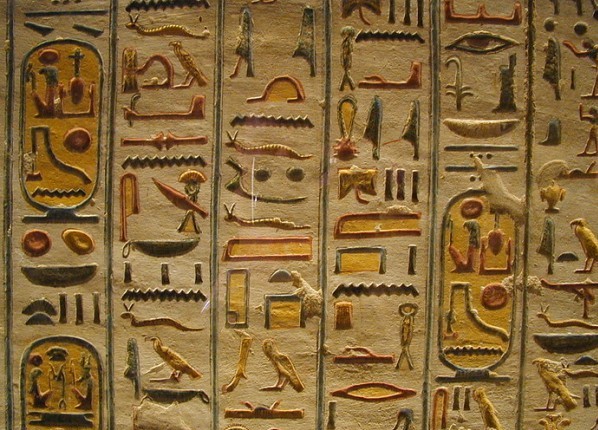
ancient hieroglyphs of egypt
Construction of the Library of Alexandria in Egypt
During the reign of the Ptolemaic dynasty (305-330 BC), Egypt was under the rule of Greek rulers, whose family ascended to the liberator. Alexandria became the only city ancient world who could compete in grandeur and glory with Rome. Ptolemy I built the Great Library because he believed that Greek culture would be the greatest in the world, and dreamed of combining Egyptian culture with Greek achievements. The mixture of cultures led to the emergence of new hieroglyphic signs, which only high priests had knowledge of. The language became more complex, new codes and combinations were created, the meaning of which was available only to a select few.

Roman amphitheater of Alexandria (Egypt)
The last entry on the hieroglyphs of Ancient Egypt
In 206 BC There was an uprising in Upper Egypt. The strength of the Greek dynasty, which was quite unpopular with the Egyptian people, weakened. In order to maintain order, the government resorted to the help of the Roman Empire. And this strategy worked well enough until Cleopatra's luck changed and she was defeated at the Battle of Actium by Octavian (Emperor Augustus) in 30 BC. Egypt became a province of Rome. Citizens were taxed exorbitantly and given even less autonomy than other territories.
In 391 AD Roman emperor Theodosius ordered to close everything pagan temples in Egypt. This, in fact, meant the destruction of the hieroglyphic language that was used during the religious ceremonies and during construction architectural monuments. The last hieroglyphs of the Ancient One Egypt were used when writing the text in 394 BC.
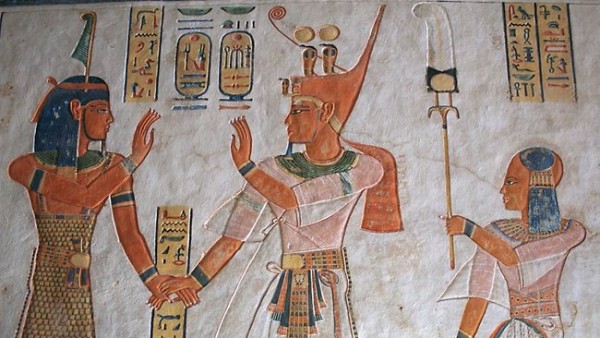
Tourists visiting modern Egypt often find it hard to believe that this particular land, where many hotels are now built and noisy merchants sell their goods, was once the cradle interesting culture. The writing of Ancient Egypt to this day intrigues researchers with unsolved mysteries.
Three systems
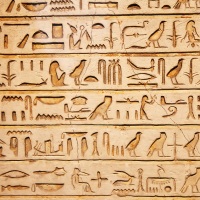 In ancient Egypt, three writing systems were used at once: in addition to the well-known hieroglyphs, hieratic and demotic letters were also used. None of the varieties of writing did not replace the rest, they were all used for many centuries. However, hieroglyphs are considered to be the main type of Egyptian writing - simply because more examples of it have survived to this day, since hieroglyphs were usually knocked out on stones, which are much better preserved than papyri.
In ancient Egypt, three writing systems were used at once: in addition to the well-known hieroglyphs, hieratic and demotic letters were also used. None of the varieties of writing did not replace the rest, they were all used for many centuries. However, hieroglyphs are considered to be the main type of Egyptian writing - simply because more examples of it have survived to this day, since hieroglyphs were usually knocked out on stones, which are much better preserved than papyri.
In the religion of the ancient Egyptians, there was the goddess of writing Sishat, which indicates that writing had for people at that time great importance. In addition, the god Thoth patronized the letter. Scribes carefully monitored the cleanliness writing and protected her from the influence of colloquial speech. Of course, the living language changed over time anyway, but in writing this process is much slower than in oral speech. This applies, first of all, to conservative hieroglyphics, which were used to write sacred, religious texts.
In the traditional sense, Egyptian writing is a pictorial writing, supplemented by phonetic signs. The system developed at the turn of the third and fourth millennia BC. Most early examples Egyptian writing - the so-called "proto-hieroglyphs" - were found on clay tablets in the tomb of a pre-dynastic ruler. Scientists believe that these tablets date back to the 33rd century BC.
Development of Egyptian writing
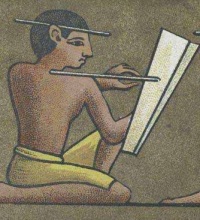 At first, writing was pictographic - miniature images of objects were used. But over time, the meanings of the drawings began to expand, and the letter received the status of idiomatic (semantic). For example, the icon of the Sun denoted not just a celestial body, but also the time of day when the Sun shines, that is, the day. Even later, signs appeared that denoted not the meaning of the word, but the sounds of which it consists.
At first, writing was pictographic - miniature images of objects were used. But over time, the meanings of the drawings began to expand, and the letter received the status of idiomatic (semantic). For example, the icon of the Sun denoted not just a celestial body, but also the time of day when the Sun shines, that is, the day. Even later, signs appeared that denoted not the meaning of the word, but the sounds of which it consists.
Initially, there were about 800 hieroglyphs, but already during the Greco-Roman rule in Egypt, their number reached six thousand. Hieroglyphs were used primarily for recording sacred texts and inscriptions on monuments. In everyday life, a more convenient and faster hieratic writing was used. Hieroglyphics gradually fell into decay. With the adoption of Christianity, there were very few people left who knew how to use this complex system. And when the pagan temples were closed, the hieroglyphic writing finally fell into decay.
Hieratic script
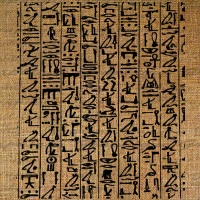 Writing, or rather, drawing of classical hieroglyphs required time and concentration. Therefore, already during the reign of the first dynasty, hieratic writing appeared - a kind of shorthand. Fundamentally close to hieroglyphics, such a letter had its own characteristics. For example, texts were always written from right to left (vertical writing was practiced only at first).
Writing, or rather, drawing of classical hieroglyphs required time and concentration. Therefore, already during the reign of the first dynasty, hieratic writing appeared - a kind of shorthand. Fundamentally close to hieroglyphics, such a letter had its own characteristics. For example, texts were always written from right to left (vertical writing was practiced only at first).
At first, only appearance signs, due to the speed of writing and using for this special brush. In the future, the ways in which signs are used have changed. This letter was used to write documents, texts on medicine, mathematics, religion. In a word, the scope of cursive writing was very wide. However, only a few samples of texts written in this way have survived to this day - this is due to the fact that they were written mainly on papyrus or leather, that is, materials that do not preserve at all as well as the stone used to apply hieroglyphs.
Hieratic was not as conservative a style as hieroglyphics, therefore, from era to era, the ways of tracing characters and their shape changed. This makes it easy to date finds by determining what time they belong to.
In the 7th century BC, hieratic was replaced by a different form of Egyptian cursive writing, which was called demotic. For the time of Greco-Roman domination, the widespread use of Greek writing became characteristic. This led to the fact that hieratics gradually fell into decay: at first, the sphere of use of this type of writing began to be limited only to religious texts, and then the letter completely fell into disuse.
Demotic
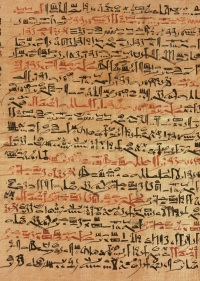 has been in use for over a thousand years, dating back to the seventh century BC. The name of this type of letter is Greek origin and is translated as "people's letter". Signs were written horizontally from right to left. Compared with hieratics, the number of ligatures was increased, as well as words for which alphabetic characters were used. The number of signs themselves was also reduced to 270. In demotic, the first experiments on the transmission of vowel sounds also appeared, and in this case, signs denoting consonant sounds were used.
has been in use for over a thousand years, dating back to the seventh century BC. The name of this type of letter is Greek origin and is translated as "people's letter". Signs were written horizontally from right to left. Compared with hieratics, the number of ligatures was increased, as well as words for which alphabetic characters were used. The number of signs themselves was also reduced to 270. In demotic, the first experiments on the transmission of vowel sounds also appeared, and in this case, signs denoting consonant sounds were used.
Demotic writing may have been easy to use, but decipherers had great difficulty trying to decipher ancient Egyptian writing. Almost every sign had several meanings and several spellings, which makes it very difficult to decipher.
At first, demotic writing was used for domestic purposes, as well as for writing economic or legal documents. Later, during the Ptolemaic era, writing became widespread, it was used to write a wide variety of texts on various topics.
Over time, the letter gradually fell into disuse: in the Roman period, only letters were used to write official texts. Greek language. There are written monuments where combinations of Greek letters with demotic letters are used, and later demotic falls into disuse.




